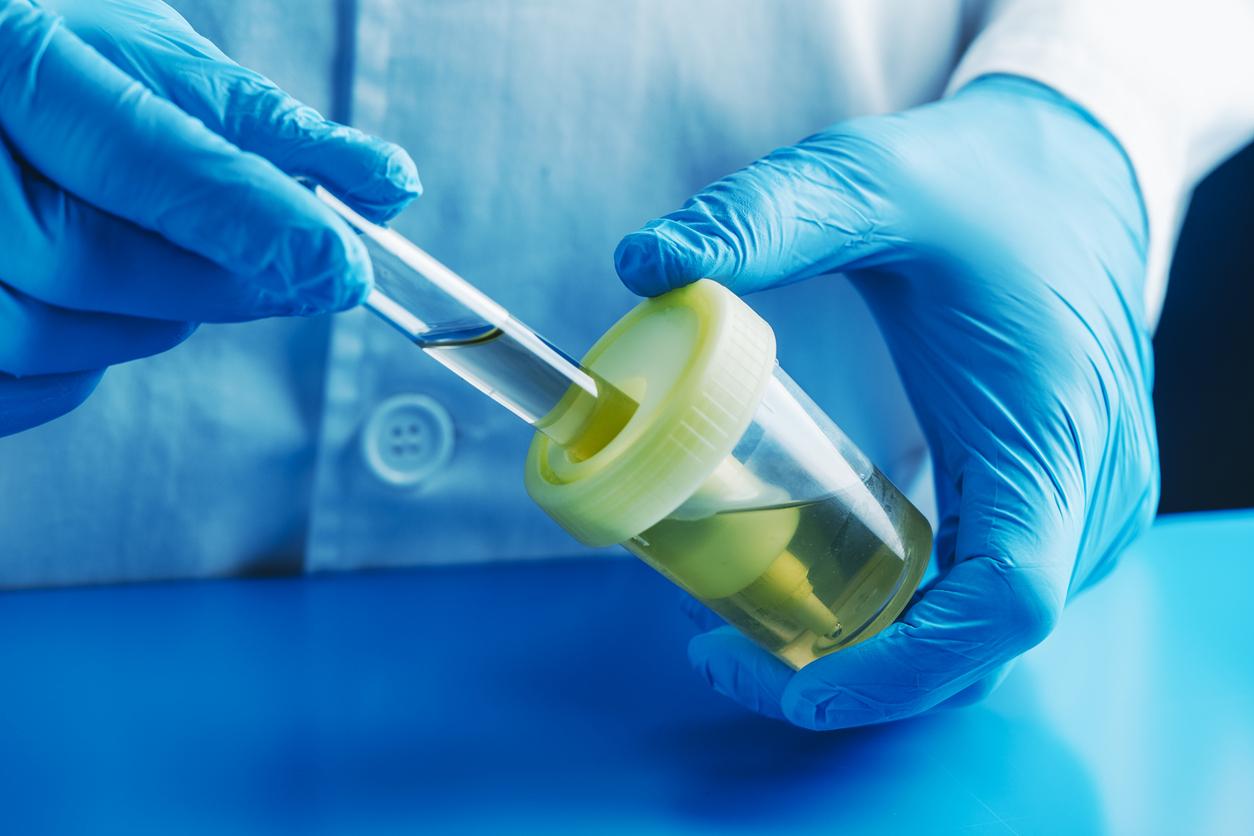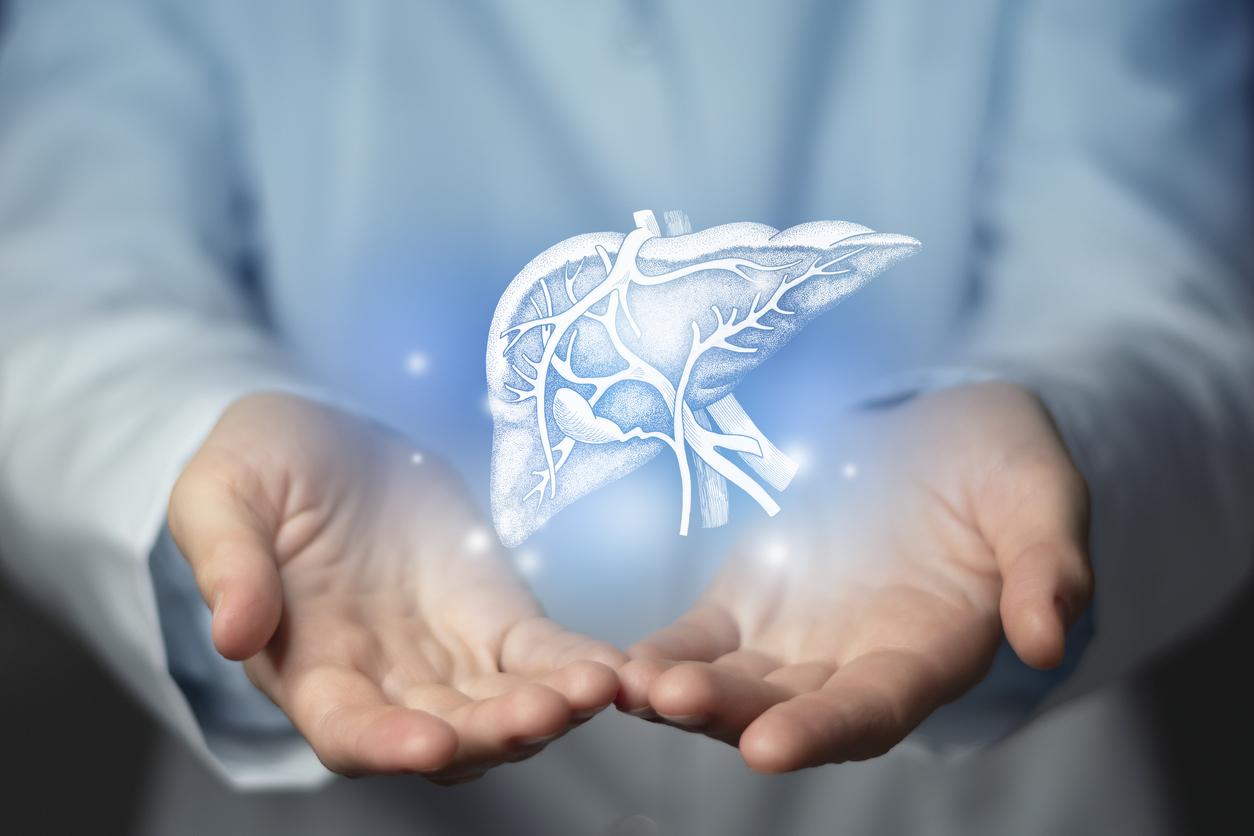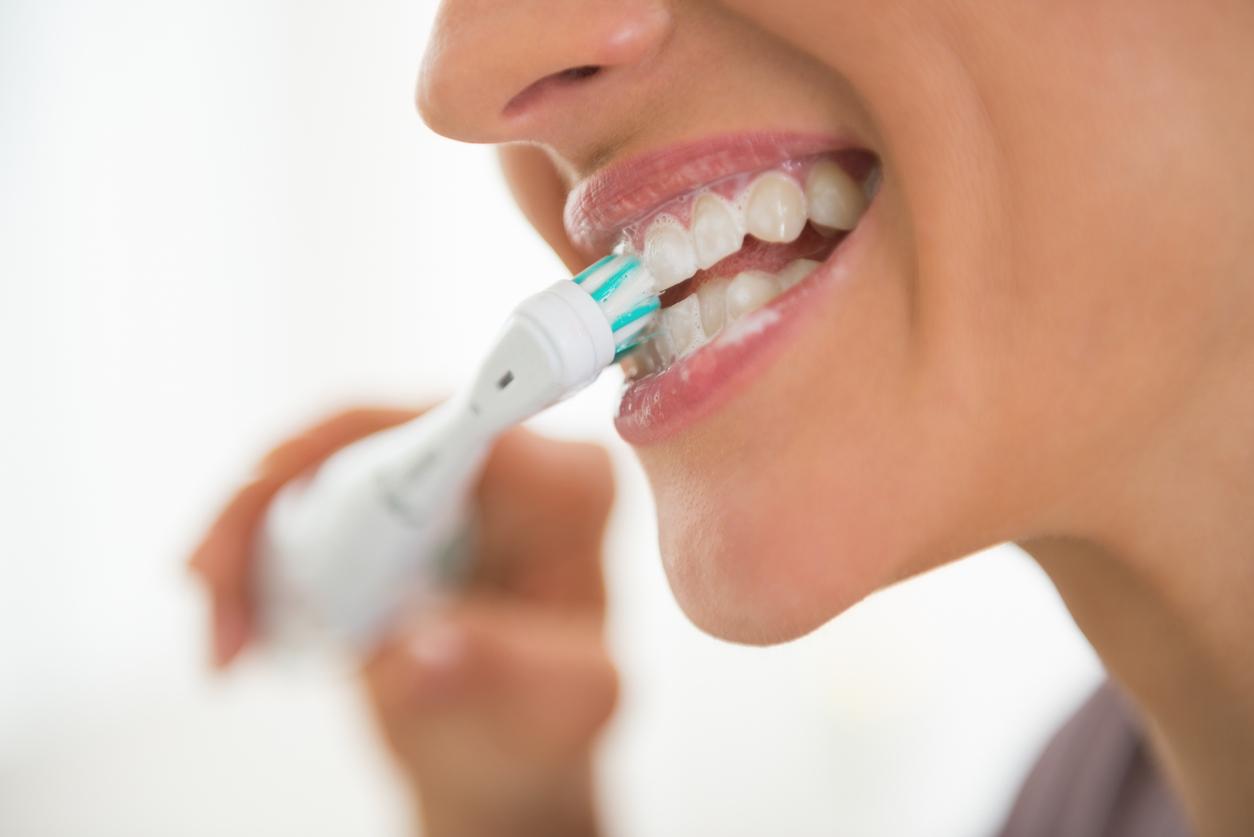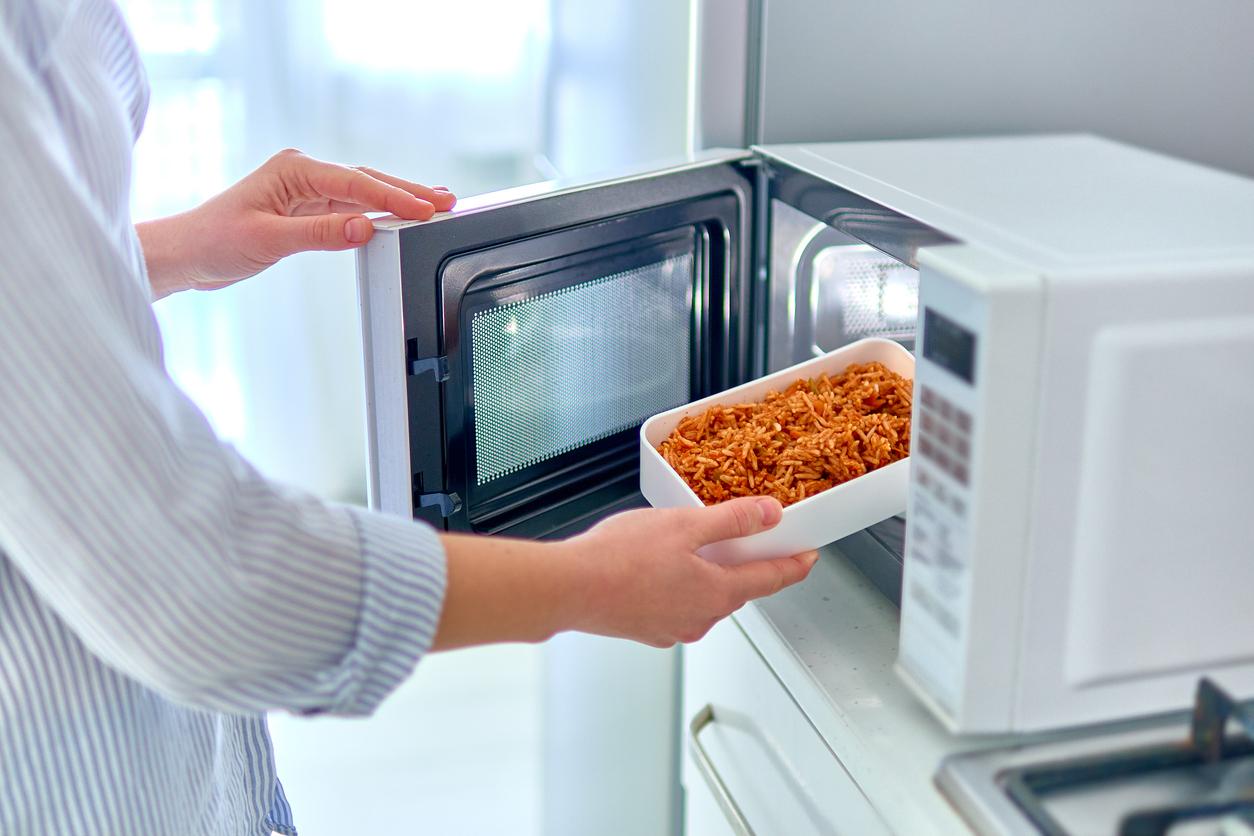While doctors wash their hands after coming into contact with a patient, the stethoscope does not benefit from comparable hygiene measures.

The tool accommodates as many bacteria as a doctor’s hands and yet disinfecting the stethoscope after each use is not a reflex. This is what a team from the University Hospitals of Geneva (Switzerland) wanted to verify. Their results were published on February 27 in Mayo Clinic Proceedings.
The hands of professionals are the main source of bacterial transmission in hospitals. But what about the stethoscope, which is used on patients every day? 3 doctors lent themselves to the game to answer this question and auscultated 71 patients with a sterile stethoscope, while wearing sterile gloves. After completing the consultation, they underwent a bacteriological test. Several areas of the hands (back, fingertips, muscle protrusions of the palm) and two of the stethoscope (tube and diaphragm) were analyzed.
“Considering that stethoscopes are used repeatedly during the day, that they come in direct contact with the skin of patients, and that they can accommodate several thousand bacteria during a consultation, we perceive them as potentially significant vectors of transmission” , comments Dr Didier Pittet, Principal Investigator.
This assumption was confirmed: the diaphragm of the stethoscope is more contaminated than any part of the hand except the fingertips. The tool tube is also more colonized by bacteria than the back of the hand. The same goes for contaminations with methicillin-resistant Staphylococcus aureus.
“From infection control to patient safety perspectives, the stethoscope should be viewed as an extension of the physician’s hand, and disinfected after each contact with the patient,” says Dr Pittet. In France, the Haute Autorité de Santé (HAS) includes the stethoscope in the recommendations for hygiene and prevention of the risk of infection. But this measure, in addition to not being compulsory, cannot be verified in each cabinet.
.















